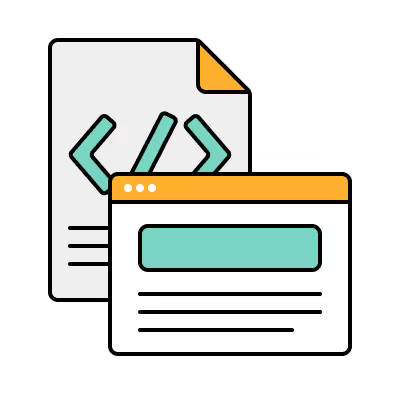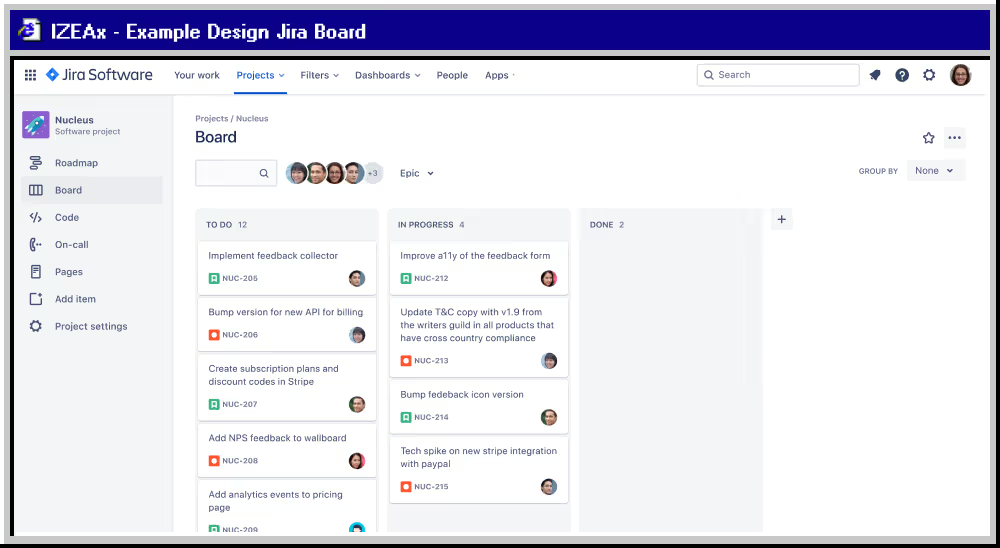IZEA

SPRING
2023









STATUS TRACKER
Context
Learning to Code with AI
Background
In early 2023, the launch of ChatGPT sparked widespread interest and excitement about the potential of generative AI. Our company decided to host an internal hackathon, challenging the team members to explore innovative applications using OpenAI’s API within the influencer marketing space. Participants were encouraged to build cutting-edge AI tools to streamline campaign workflow, enhance influencer discovery, boost campaign creativity, empower creator excellence, and more.
Goals
Build innovative marketing solutions leveraging the power GenAI
My Role
I developed a lightweight website on Bubble.io that seamlessly integrated OpenAI’s API to serve the needs of marketers. The tool provides campaign inspirations drawn from historically successful campaigns and streamlines the creation of detailed campaign briefs based on the input of the marketers. Additionally, CampaignGPT can draft of personalized emails based on the information and content from social handles, allowing marketers to quickly connect with influencers.
Time Line
2 Weeks in Design and Development
Drafting campaign

briefs
and

creator emails
is
a
time
consuming
task
One of the challenges in influencer marketing is that drafting campaign briefs and emails is a time-consuming task. You first need to come up with a campaign strategy that suits the brand’s goal and vision, figure out how to carry out the campaign with the influencers, and then write a campaign brief with all the details and requirements. After that you need to source quality influencers and send out personalized emails to invite them to join your campaign.
Process
Pain Points

Unable to easily share design status with engineers
Designs change constantly throughout the development process to accommodate for edge cases and new observations. Engineers sometimes would unknowingly click on the the linked Figma files from Jira tickets and start working on the requirements while changes are being made to the design.

Lack of project management tool inside Figma
In the effort to improve the transparency of UX design status across the team, our team started using Jira as the project management tool to keep track of our progress. However, it became apparent that keeping the Kanban board up to date with the user story level details is very time consuming.
Process
Opportunities

Bird’s-eye-view overview page
to quickly assess the fit and performance of a creator and get all the information you need at your finger tip.

Quick CRM and activities
to easily manage your creator relationship with notes, emails, and lists as well see the recent actitives of the creator in the right panel.

Brand mentions
to see which brands the creator has mentioned in their posts and to rule out any creators that have worked with your competitors recently.

Benchmarks
to help you understand how the creator’s performance stacks up against similar creators.

API + Machine Learning Data
on the creator’s audience demographics, content performance, audience authenticity, post sentiment, and more.

Content forward
to showcase recent content, top performing content, and make content searchable within a creator’s profile.
Deliverable
Status Tracker
Bird’s Eye View
The stacked bar chart helps you and the team quickly visualize the progress of your design project.
Quick Access to Frames
By expanding each status, you can easily view all frames in that status and navigate to the frames.
Deliverable
Apply Status
Apply Status
When applying a new status, you are be able to choose from your custom statuses on top of the preset statuses.
Bulk Actions
You can select multiple frames at once and bulk apply a new status to or clear the status of the selected frames.

Deliverable
Custom Status
Set Custom Status
You are be able to set your own emoji and status, and you can create as many custom statuses as you like.
Your Custom Statuses
The custom statuses are displayed on the bird’s eye view alongside the preset statuses, giving you the same power to visualize progress and access the frames.

Feedback
The Result
Winning the Hackathon
I presented my project at our annual company retreat in Orlando alongside 10 other participants. Thanks to the support of my peers and the judging panel, my project was voted #1 and took home the grande prize of $5000. My tool’s innovative integration of OpenAI’s API and user-friendly design impressed peers and judges alike.
What Happened after the Hackathon
Following the hackathon, key design elements and the intuitive user flow of my project were incorporated into our platform, allowing marketers to easily generate briefs and personalized creator emails without leaving the platform.
My Learnings
Through this hackathon, I gained a deeper understanding of GenAI’s transformative power and the value of building AI-driven tools. The project provided hands-on experience with developing innovative solutions and helped me shape an AI-first product vision. In addition, building with Bubble.io and OpenAI's API allowed me to build with real data, rapid-prototype, and improve the quality of the user experience iteratively.
Work Samples
More Case Studies




